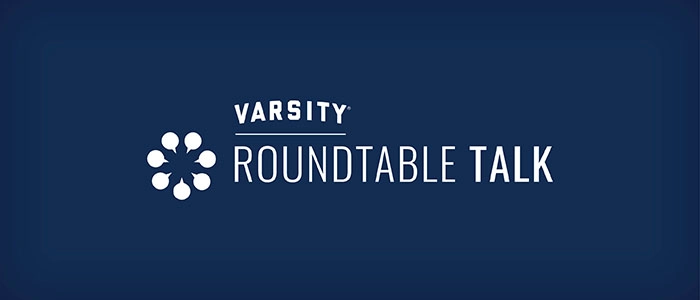We’re willing to bet that, if you were to ask the residents of most retirement communities about their biggest disappointment at their community, it would probably boil down to one of two things: the communication or the food. Aging services providers have been working to get better at both of these challenges, but food continues to be a perennial gripe for residents. Interestingly, this challenge isn’t just being felt in the senior living space. Recognizing that Baby Boomers are in control of an incredible amount of expendable income, all kinds of foodservice providers are pivoting their models to appeal to America’s wealthiest generation.
This has caused some restaurant owners to start thinking like aging services groups by changing their culture and advertising to become more appealing to the aging Boomer set. They’ve quickly learned that “senior” discounts and references to age are turnoffs. Instead, they’ve caught on to key Boomer trends, such as healthy menu options, new takes on old favorites and interactive experiences, such as cooking classes and wine pairing dinners. In a recent article in Restaurant Business Magazine, it was reported that 44 percent of Boomers prefer a restaurant with a mix of both familiar and new foods. The article goes on to suggest pairing familiar proteins with more adventurous side dishes to create a happy medium.
Yet, for all of the adventurousness that some Boomers may be embracing, there is still one core belief of Boomer diners: the need for value. Sixty-three percent of Boomers say it is an important factor, with 55 percent saying that low prices are key. In the real world, this often manifests as the repeat customer with a consistent order. If Jack knows that he likes a specific dish, and he feels it is a good value for the price, he may settle into a rhythm of ordering it over and over again. Sure, the repeat business is great, but Jack isn’t likely to try anything new on the menu. This puts operators in a bind — do you change the menu up to attract new customers, or do you keep it the same to ensure repeat business? This usually boils down to a personal choice for the operators.
Within the senior living space, we see similar challenges as these. Some residents desire more variety in the meals offered, while others are unhappy that their favorite menu item has been taken out of rotation. Marketers that are looking to attract younger residents want to show off innovative, gourmet dining techniques; meanwhile, older residents just want their comfort food favorites on the menu. Culinary service employees in senior living find themselves stuck between this rock and a hard place, trying to create menus that are appealing to everyone, while still being innovative and flavorful — all within budget considerations. It’s a different challenge than most restauranteurs usually face!
In recognition of this challenge, a new association was recently formed. The Senior Dining Association (SDA) is the first organization focused specifically on serving older adults, both at public venues and in residential communities. Of course, every good association needs a conference and expo, so the SDA will be hosting its first-ever such event, March 17 to 20, in Charlotte, North Carolina. The event purports to bring together experts in senior dining and culinary experiences, with workshops, demonstrations, product innovations and, of course, lots of free samples!
Food is integral to daily life for residents of aging services providers. Foodservice teams are given a double challenge of not only keeping up with the trends of food in society, but also finding a way to adapt those trends to their residents and communities. At Varsity, we’re excited to see how the greater community is taking notice of the purchasing power of Boomers. In that same vein, we’re also looking forward to seeing what kind of impact a new professional organization will have on our space.
Either way, we know there will be tasty results!
Sources
https://www.masslive.com/entertainment/index.ssf/2018/11/restaurants_seek_to_appeal_to.html
